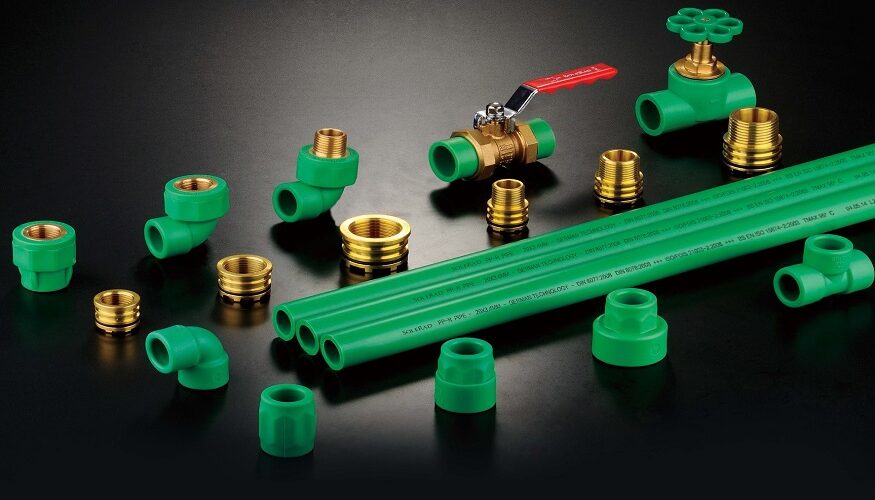PPR Pipe has been gaining in popularity in recent years, and for a good reason. PPR pipes are considered one of the finest because of their sturdiness, environmental, and economic benefits. As a result, most industry leaders have switched to PPR pipes for all of their demands.
In most residential setups, PPR pipes are widely utilized. It’s also utilized to transport water, as well as waste fluids, and compressed air. But what is PPR pipe, and how does it work?
PPR pipe, also called Polypropylene Random Copolymer, is a tubular and robust PPR pipe. A continuous process called extrusion is used to create the pipe. Typically, these pipes are white or green in color.
The thickness of most PPR pipes ranges from 20mm to 110mm. This implies that PPR pipes are wider than their PVC counterparts. PPR pipes also come with a variety of fittings, attachments, and replacement components.
PPR pipes, like any other pipes, have their own set of characteristics. These characteristics distinguish it from other pipes.
PPR tubes are preferred for a myriad of reasons, including their resistance to heat and cold. You can count on easy setup throughout the colder months when you utilize PPR pipes. Due to their poor thermal resistance, PPR pipes are also resistant to heat. PPR pipes, above all, can endure the pressure and temperature of hot water steam.
Thermal Conductivity Is Low
PPR pipes possess low heat conductivity, which is the first thing you should know about them. This implies that the liquid within the pipe is not exposed to external temperatures. Similarly, the temperature of the liquid does not leak to the outside environment. That’s why, throughout the transmission of cold and hot fluids, PPR pipes reduce temperature fluctuations. Thus, installing PPR pipes ensures efficiency and cost savings.
Increased Lifespan
PPR pipes may last over 50 years in a variety of environments and with a broad spectrum of substances. PPR pipes are also capable of withstanding both cold and hot plumbing systems. PPR pipes, for example, can withstand the pressure and tension of heated water without bursting. Of course, the assumption is that the pipeline’s 50-year life lifetime can only be assured under normal operating circumstances, such as safeguarding it from harsh weather.
Efficiency in both the ecological and economic realms
The process of transporting, cutting, and joining PPR pipes is simple. These tubes are very simple to operate and do not necessitate the use of chemical reagents or equipment.
Primary Uses of PPR Pipe Fittings
As you’ve seen, PPR pipes have a number of advantages in terms of cost, environmental impact, and durability. As a result, these pipes may be used in a wide range of applications. Continue reading to learn about the most common applications for PPR pipe fittings:
In the building of cold and hot freshwater networks, PPR connectors are commonly utilized. PPR pipes are ideal for cold and hot water systems because they can handle both hot and cold conditions without cracking or splitting. Furthermore, because of its poor heat transfer, the liquids will maintain the necessary temperature.
PPR valves are the preferred method of releasing hazardous fluids, such as industrial waste. Due to its capacity to tolerate corrosive acids and alkaline solutions, PPR piping is the best pipe connector for enterprises.
Purified water pipes are also made with PPR pipe fittings. These pipelines are long-lasting, with a lifespan of more than 50 years. Furthermore, even under extreme temperatures, they do not quickly shatter or crack.
The PPR pipelines are ideal for use in the thermal system of the building. These pipes can be used in infrared, wall, and floor central heating. These PPR pipes can resist a wide range of substrates and circumstances, making them an excellent choice for all of your heating purposes.

